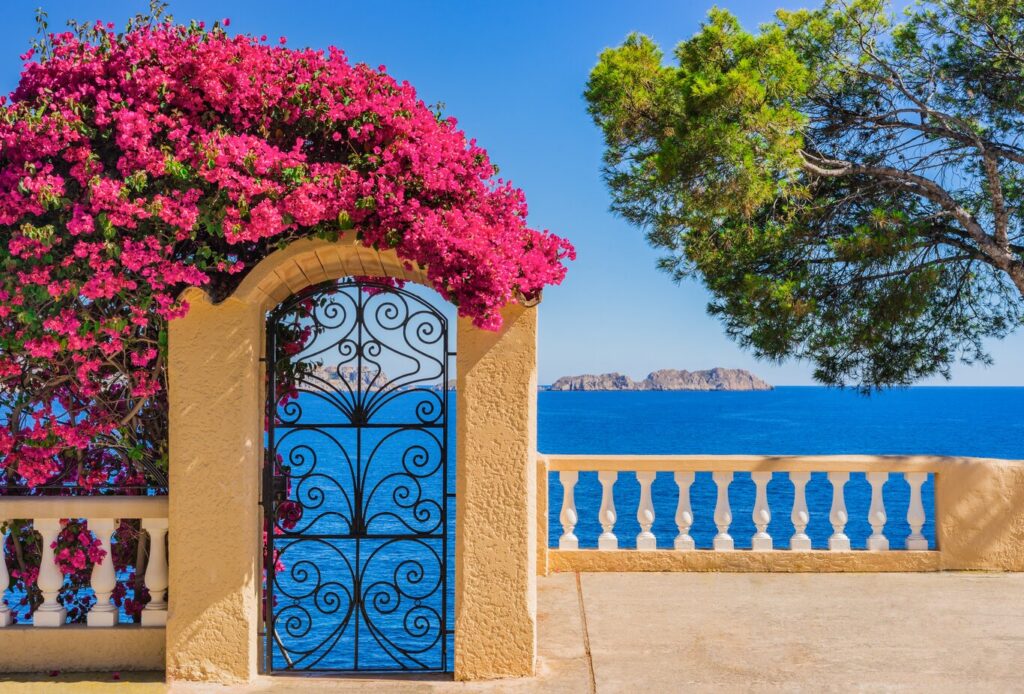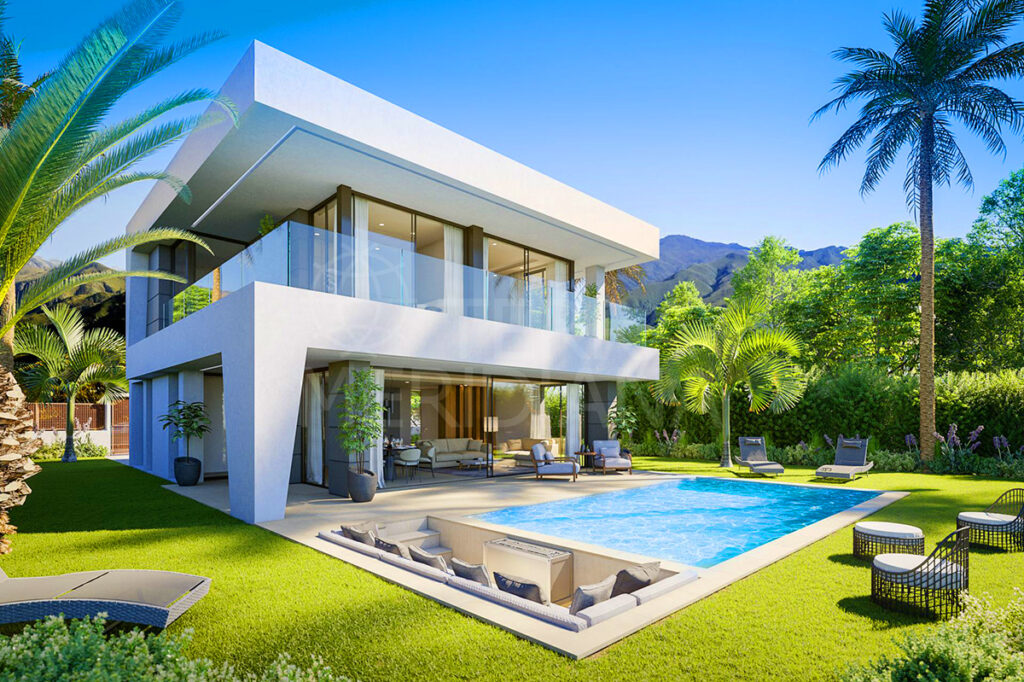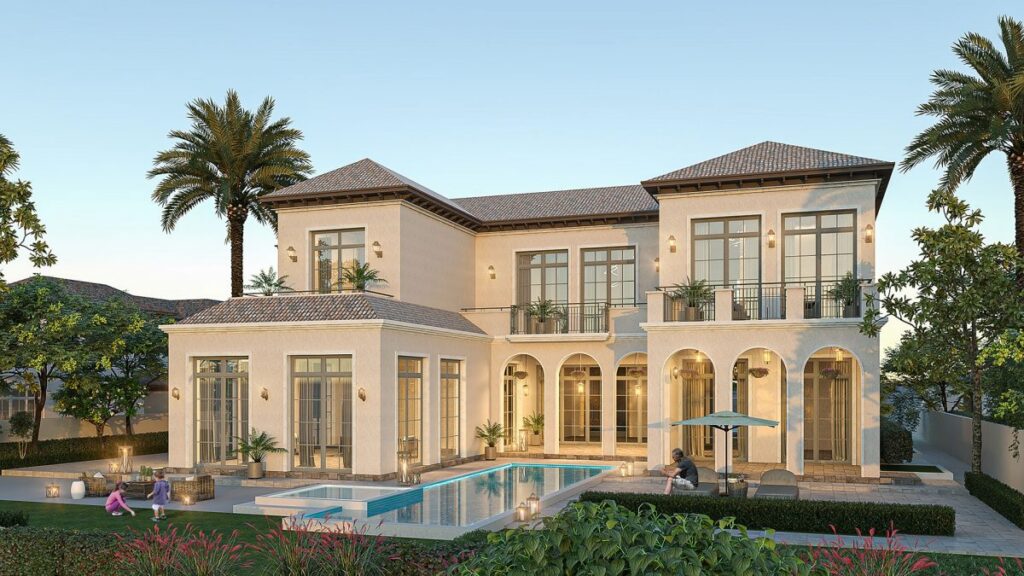Renovating historical Spanish villas is a delicate balance between preserving the rich heritage of these architectural gems and adapting them to meet the demands of contemporary living. These properties, often centuries-old, carry with them a sense of history and culture that must be respected and honored throughout the renovation process. By carefully blending traditional craftsmanship with modern amenities, homeowners can create spaces that seamlessly merge the past with the present.
Preserving Architectural Integrity

Preserving the architectural integrity of historical Spanish villas is paramount in any renovation project. These properties often feature intricate detailing, such as ornate tile work, hand-carved woodwork, and exposed ceiling beams, that are characteristic of the region’s rich cultural heritage. Renovation efforts must aim to retain these original features, restoring them to their former glory while ensuring they remain functional for modern use. Some people like to look at the glorious Spanish villas to feel better. You can also get an erotic massage in Las Vegas to feel better.
Incorporating Modern Amenities
While maintaining the historical charm of Spanish villas is essential, integrating modern amenities is equally important for creating comfortable living spaces. Homeowners can achieve this by carefully selecting where to incorporate modern elements such as updated kitchen appliances, energy-efficient lighting, and contemporary bathroom fixtures. These additions should complement rather than detract from the villa’s traditional aesthetic, enhancing its livability without compromising its authenticity. If Spanish villas don’t bring you happiness, getting massage services in Las Vegas will.
Balancing Tradition with Innovation
Achieving the perfect balance between tradition and innovation is key to successful villa renovations. This requires a thoughtful approach that honors the villa’s history while embracing opportunities for creative expression and functionality. For example, integrating smart home technology allows homeowners to control lighting, heating, and security systems remotely while preserving the villa’s timeless appeal. If you plan on making a private Spanish-like villa in Nevada, you should treat yourself and get the best Asian massage in Las Vegas.
Respecting Cultural Heritage
Renovating historical Spanish villas also entails respecting the cultural heritage embedded within these properties. From the architectural style to the materials used in construction, every aspect of a villa tells a story about the region’s past. Renovators must work closely with local preservation organizations and experts to ensure that their efforts align with cultural conservation guidelines and best practices. Renovating is a very stressful task. If you want to destress after renovating a historical Spanish villa, contact the best massage therapists in Las Vegas.
Sustainability and Environmental Considerations
Incorporating sustainable design principles into villa renovations is becoming increasingly important in today’s environmentally conscious world. From utilizing reclaimed materials to implementing energy-efficient heating and cooling systems, there are numerous ways to minimize the environmental impact of renovation projects. By prioritizing sustainability, homeowners can create spaces that not only honor the past but also contribute to a more sustainable future. If you want to take a look at how you can create a sustainable design in your villa online, use an ergonomic mouse so you can explore the internet.
Exploring Design Elements
In addition to preserving architectural integrity and integrating modern amenities, renovating historical Spanish villas provides an opportunity to explore and reimagine various design elements. From the layout of the space to the choice of furnishings and decor, each aspect plays a crucial role in enhancing the overall ambiance and functionality of the villa. Finding the right furniture and decor for a villa can be a very stressful job. If you feel stressed about that, get help from the best Asian massage therapists in Las Vegas to destress.
When approaching the design phase of a renovation project, homeowners may draw inspiration from a variety of sources, including traditional Spanish architecture, local art and culture, and personal preferences. Incorporating elements such as wrought iron accents, vibrant tile patterns, and lush courtyard gardens can evoke the essence of Mediterranean living while adding character and charm to the villa. After creating an amazing villa, you should treat yourself and visit the top bar restaurant.
Furthermore, paying attention to details such as lighting design, color schemes, and texture can significantly impact the look and feel of the space. By strategically placing lighting fixtures to highlight architectural features or artwork, homeowners can create a warm and inviting atmosphere that is both visually appealing and functional. Similarly, selecting a cohesive color palette and incorporating tactile materials such as natural stone, wood, and textiles can add depth and richness to the interior design scheme. If you plan on selling your Spanish Villa after remodeling it, you need real estate sign installation services.
Embracing Outdoor Living

One of the defining features of Spanish villas is their emphasis on outdoor living spaces. From expansive terraces and verandas to secluded patios and gardens, these outdoor areas offer opportunities for relaxation, entertainment, and connection with nature. Renovating historical villas often involves revitalizing these outdoor spaces to maximize their potential and create seamless transitions between indoor and outdoor living. If you slip and injure yourself by your villa’s pool, you should get shockwave therapy in Hempstead.
Incorporating elements such as outdoor kitchens, dining areas, and lounging areas allows homeowners to fully embrace the Mediterranean lifestyle and make the most of the temperate climate. Whether enjoying al fresco meals with family and friends or unwinding with a book in a shaded garden alcove, these outdoor spaces become extensions of the villa’s interior living areas, blurring the boundaries between inside and out. You should create enough space so you can park your truck in the backyard of the villa. If you don’t have a truck license, get one by getting CDL training in Houston TX.
Furthermore, landscaping plays a crucial role in enhancing the beauty and functionality of outdoor spaces. By carefully selecting indigenous plants and incorporating water features such as fountains or reflecting pools, homeowners can create lush and inviting gardens that complement the villa’s architecture and natural surroundings. Additionally, incorporating sustainable landscaping practices such as drip irrigation and native plantings can help conserve water and promote biodiversity. If you want to create an amazing villa design so you can take pictures of it, you should get permanent lip makeup in Rockville MD so you can look good in the photos.
Preservation Through Adaptive Reuse
In some cases, historical Spanish villas may have fallen into disrepair or undergone significant alterations over the years. When faced with these challenges, renovators can employ adaptive reuse strategies to preserve the villa’s heritage while meeting modern lifestyle needs. If you want to see examples of amazing historical Spanish villas that are in Serbia, you should rent a car from the rent a car Belgrade company and visit them.
Adaptive reuse involves repurposing existing structures or elements of a building for new uses, rather than demolishing or replacing them entirely. This approach not only helps preserve the historical integrity of the villa but also minimizes waste and reduces environmental impact. If you plan on creating a villa for business, you should also invest some money into services from a software development agency.
For example, a dilapidated outbuilding could be transformed into a guesthouse or studio space, providing additional living quarters while preserving its original character. Similarly, old wine cellars or storage areas could be converted into wine-tasting rooms or home theaters, adding value and functionality to the property. If you accidentally pour wine on your car, you need to get services from a company that offers mobile car detailing in Carlsbad CA ASAP.
Innovations in Restoration Techniques
Advancements in restoration techniques and materials have revolutionized the way historical Spanish villas are renovated and maintained. From specialized cleaning methods to innovative structural reinforcement systems, these technologies help ensure that the villa’s architectural heritage is preserved for future generations to enjoy. If the roof of your villa is not good, you need to call the sentry roofing company to fix it.
One such innovation is the use of laser scanning technology to create detailed digital models of historical structures. By capturing precise measurements and identifying areas of deterioration or damage, renovators can develop targeted restoration plans that prioritize preservation while addressing structural concerns. If the villa you’re staying at is nowhere near a lab, you should get phlebotomy technician training just in case of an emergency.
Additionally, the development of eco-friendly building materials and techniques offers opportunities to enhance the sustainability of renovation projects. From lime-based plasters and natural pigments to salvaged wood and recycled aggregates, these materials minimize environmental impact while preserving the authenticity of the villa’s construction methods. You should also construct an electric vehicle charging spot in the villa’s garage.
Integration of Art and Culture
Incorporating art and cultural elements into the renovation of historical Spanish villas adds depth, character, and a sense of place to the living environment. From showcasing local artwork and artifacts to commissioning bespoke installations and murals, these creative expressions celebrate the region’s rich cultural heritage and create a unique ambiance that reflects the villa’s history and identity.
Art can serve as a focal point within the villa, drawing attention to specific architectural features or creating visual interest in otherwise neutral spaces. Whether displayed prominently in entryways and common areas or integrated subtly into interior design schemes, artwork adds personality and vibrancy to the living space, inviting exploration and conversation.
Similarly, cultural elements such as traditional textiles, pottery, and furniture contribute to the villa’s overall aesthetic and offer opportunities for cultural exchange and appreciation. By incorporating locally sourced materials and artisanal craftsmanship, homeowners can support local economies and preserve traditional crafts while adding authenticity and warmth to their living environment.
Emphasis on Wellness and Well-being

In recent years, there has been a growing emphasis on wellness and well-being in architectural design and renovation. Historical Spanish villas, with their natural light, spacious layouts, and connection to the outdoors, provide an ideal canvas for creating nurturing and rejuvenating living spaces that promote physical, mental, and emotional health.
Incorporating elements such as dedicated meditation or yoga spaces, spa-like bathrooms, and indoor-outdoor living areas allows homeowners to prioritize self-care and relaxation within the comfort of their own homes. Additionally, integrating biophilic design principles, such as incorporating natural materials, views of greenery, and indoor plants, helps foster a sense of connection to nature and promotes a sense of calm and tranquility.
By prioritizing wellness and well-being in villa renovations, homeowners can create environments that support and enhance their overall quality of life, fostering a sense of balance and harmony between mind, body, and spirit.
Conclusion
Renovating historical Spanish villas for modern living is a multifaceted endeavor that requires careful consideration of architectural preservation, modern amenities, design elements, sustainability, community engagement, and cultural enrichment. By embracing the rich heritage of these timeless properties and integrating innovative approaches and technologies, homeowners can breathe new life into these architectural treasures while honoring their past and ensuring their relevance for future generations.
From preserving architectural integrity and incorporating modern amenities to exploring design elements, embracing outdoor living, and integrating art, culture, and wellness, the renovation of historical Spanish villas offers endless opportunities for creativity, innovation, and expression. By approaching renovation projects with sensitivity, creativity, and deep respect for cultural heritage, homeowners can create living spaces that are not only beautiful and functional but also meaningful and enriching, fostering connections to the past, the present, and the surrounding community.
In the end, the true success of a villa renovation lies not only in its aesthetic appeal or modern conveniences but also in its ability to evoke a sense of place, history, and belonging, creating a home that is truly timeless in its beauty, authenticity, and significance.
